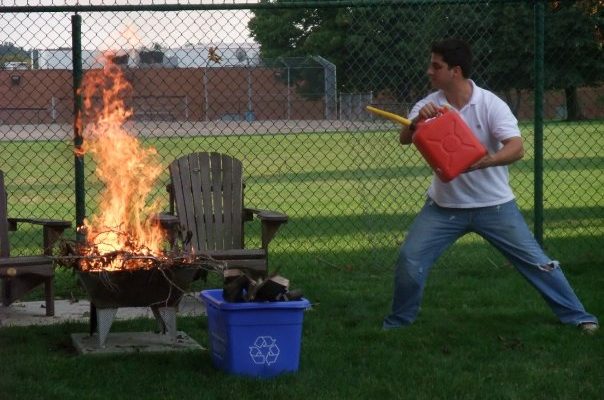« In the NO Pod: Ep 268
Stats Highlights, 1st Week »
The Transition to Transition

We’ve had just a few New Orleans Pelicans games to watch, so beyond
- Anthony Davis is good
- This team needs work
There’s not too much to say with great confidence, especially when some important pieces are missing and returning, possibly soon.
Watching games against just a 3 teams is bad enough, but when two of those teams do not represent the test of the Association well, small sample size limitations can be more limiting.
Unless the signal is strong and screams over the noise quite clearly.
One very strong signal is that this team’s transition offense is horrible. During and after each game, I was seeing complaints about the ability to convert turnovers into points. Somehow, this was blamed on the defense. The defense had done a great job of giving the opponent a big goose egg for that possession. The Pelicans are very good at holding onto the ball on offense, considering pace, and they are very good at creating turnovers on defense.
What they are not so good at is scoring. Overall, their efficiency, as measured by ORtg, is 92.7, which is bottom of the NBA, excepting Philadelphia, and they only have 2 games of data as input compared the Pelicans’ 3. In transition, however, the number is worse: 91.2 (52/57 per the NBA stats site).
A few things to note.
- The Pelicans are far from along in having such a disparity in their overall offense and in their transition game
- This is true of some very good teams, such as the Cavaliers.
- The importance of transition offense is that it can be sustainably more efficient than typical offense without requiring great shooting
The Pelicans have had the highest number of transition possessions (57) at the time of this writing, and are the worst at converting them (almost), and are worse in transition than in a traditional offense. For a team with such high pace, efficiency is key, and without good shooters, the transition game is a way to backdoor in efficiency while keeping the pace up. Rebounds are another way (the Pelicans have a pretty good defensive rebounding rate, which is surprising, but their offensive rebounding rate is very poor), as is getting to the line.
It’s also not that the Pelicans royally screw up transition, they just are not that good at it, at least yet. They turn the ball over higher in transition than they do normally (about NBA average for transition turnovers), they draw few fouls and and-one calls, and they actually score in transition in the bottom half of the NBA.
It may take a little time to get the team on the same page in transition, but with the wing talent, good passing (among the best AST/TO in the NBA), ball security, and Anthony Davis, this game within the game should be optimized. Many fast paced teams have good transition offenses, and the efficiency in that phase of the game, on a per possession basis, can compete with that in most other areas of the game, including 3pt shooting.
For what it’s worth, their efficiency in transition is about that of the Thunder, a similarly paced team with their star point guard playing quite well. This suggests Jrue coming back is not going to fix the transition offense, and neither would a guy who gets to the basket like Evans returning.
This poses a dilemma. If the team tries transition offense, they’ll be worse off than just resetting and running a normal offense off turnovers. If the team never tries transition offense, they’ll be better in the short term, but they’ll never sharpen their skill.
The best answer is likely to take a middle course, and slow down the transition more often until the kinks are worked out.
The hopeful way to look at this is that there is an area where one might actually expect improvement, and it is one where improvement will have a big effect. The defense is giving the opponent as 0 for that possession, which is worth, on average, about 1.05 points. Right now, the offense in transition is worth about 0.91 points, for a 1.96 point swing. An improvement to just above average to this game within the game, factoring in pace and rate of generation, is worth about 3.5 points more of ORtg, at least until a strategic counter-effect by opponents comes about to limit opportunities or guard more in transition.
It is reasonable to think this can improve without too much effect on the rest of the game since it does not involve new skills or plans, just execution of what they are already trying to do.
The reality is that the offense is currently so bad, that their defense giving them, in theory, easy possessions makes them play worse in several key ways. Watch this aspect of the game closely in the coming weeks to see if the coaches are working on this, so some of it just has to be in their heads and a lack of cohesion. This has to be coachable more easily than other ways to generate offense.




